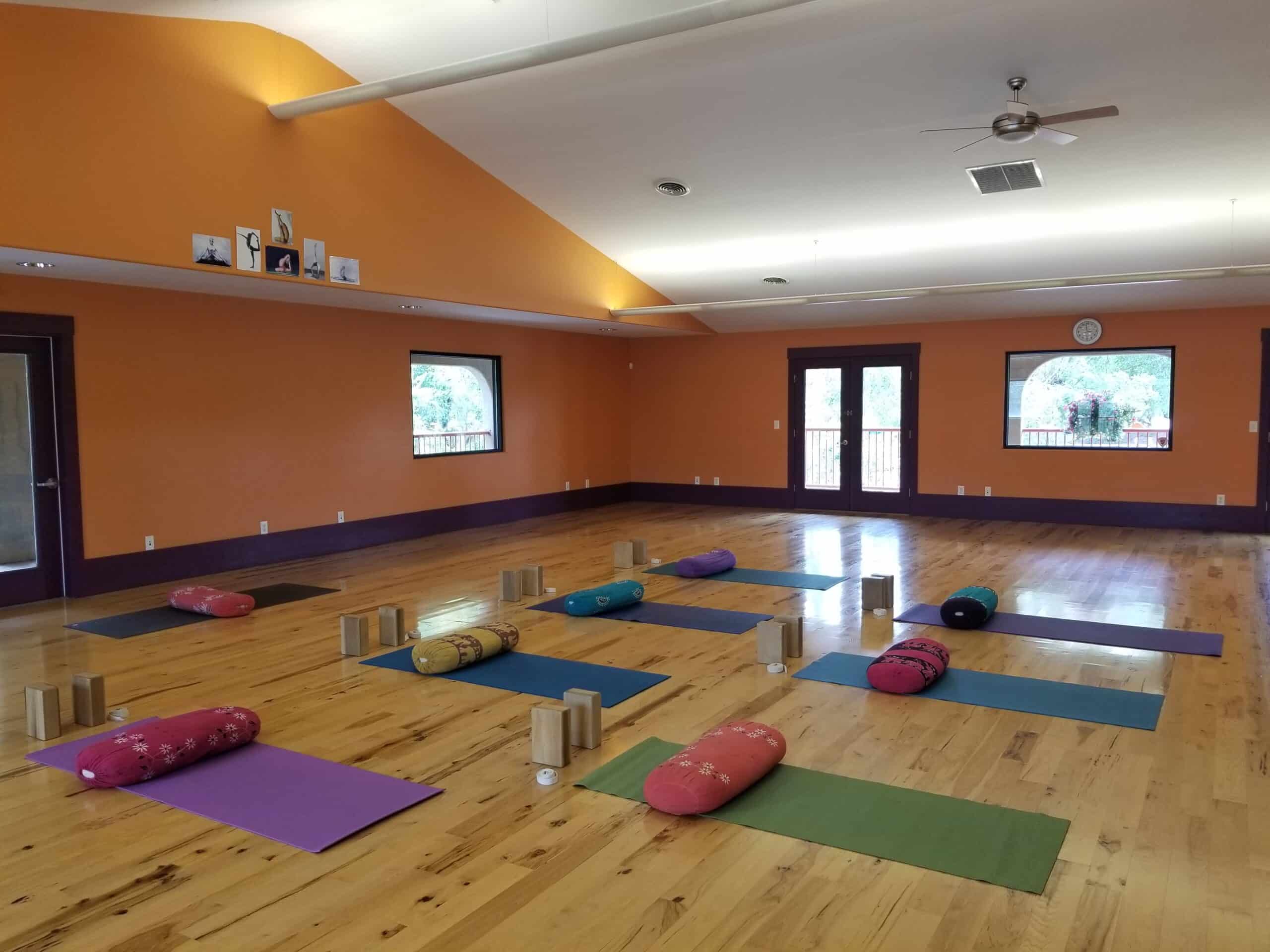The Bhagavad Gita’s Call to Action at a Glance | By Marja Wilson
The Bhagavad Gita is part of a larger work, and it is known as one of the epic Hindu texts widely popular in yoga philosophy. Written about two-thousand years ago, its essential theme of body, mind and spirit awareness is a narrative between Arjuna and the avatar, Krishna. Their dialogue weaves a profound tapestry of poetic wisdom covering a deep enigmatic swath of the worldly and spiritual. However, the Bhagavad Gita can also can be seen in its simplicity at a glance. Training the senses, following one’s right path and the soul’s purpose is the subject of many paintings depicting Krishna’s Chariot. Galvanizing an important passage in chapter six, the scene at the edge of battle shows Krishna and Arjuna on board their chariot. As the great warrior prince approaches impending doom, Krishna controls the powerful team of stallions on the brink of chaos. If a picture is worth a thousand words one quick look at this one says, “Hold on to your horses.”
The depth in this slogan is uncanny and perhaps the center of the Bhagavad Gita’s credo to mental mastery. The metaphorical “sense-horses” epitomize what we struggle with every day through hearing, seeing, tasting, smelling and feeling. The Gita states, “The mind is restless, turbulent, strong and obstinate”. The original Sanskrit translation from the Katha Upanishad elaborates,
“Know the self as a passenger in a chariot
The body, as simply the chariot.
Know the intellect as the charioteer,
And the mind, the reins.
The senses are the horses,
And objects of the senses, the distractions around them.
When a man lacks understanding of this,
his mind is never controlled
And his senses do not obey him
as bad horses to a charioteer.”
From a neurological perspective, the goal of calming the mind is regulating the nervous system by controlling the senses. Different types of yoga not only address our biological map, but open the mind’s eye to our purpose in life called dharma. The skills of attention and awareness cultivated in yoga drives our quiet determination “off the mat and into the world,” As Sean Corn says.
Four Paths of Yoga
The goal of yoga is to unite all aspects of the individual. The Bhagavad Gita emphasizes four paths: Jana, Karma, Bhakti, Raja. They are designed to work together or alone and do not need to be perfected, merely practiced.
Jana Yoga
In parts of the fourth chapter, the Bhagavad Gita expounds on Jana Yoga as the yoga of knowledge. Translated as “attending to the goal,” the focus is to gain self-knowledge through study, practice and experience.
Karma Yoga
Karma Yoga is the path of action. Often called the Law of Cause and Effect, but it is much more than that. Some questions drawn from the Gita clarify Krishna’s message about our outward call to action. For instance, is it in my nature to perform this action? Am I attached to a particular outcome? Is the action right or wrong?
Bhakti Yoga
Bhakti yoga is the path of devotion usually in the form of music. The Gita highlights the idea of love as a transformative experience in chapters 7 and 12. Though one’s devotion can be faith-based, love is an inhabitable quality of equanimity. Mantras and chanting offer words that sustain such peace.
Raja Yoga
Raja Yoga or “Royal Path,” integrates all four paths. Derived from the Yoga Sutra’s Eight Limbs, it is the Yamas, Niyamas, Asana, Pranayama, Pratyahara, Dharana and Dhyana.
- Yamas can be thought of as outward actions to gain composure as we soldier through life. They are a social gauge to monitor our behavior and how we conduct ourselves towards others. They are non-harming, truthfulness, non-stealing, moderation of the senses and non-possessiveness.
- Niyamas: Purity, contentment, self-discipline, self-study and self-surrender are observances or inner practices fostering understanding and knowledge of the self. They reflect the flavor of our thoughts and the way we see ourselves.
- Asana is the physical component of yoga. As a modality to warm, stretch and strengthen the body, asana also prepares the mind to settle and open to the refinements of pranayama.
- Pranayama, or breath control, are breathing techniques that are the single most effective way to calm the mind and nervous system. The therapeutic benefits of paying attention to the movement of the breath increases mindfulness, reduces stress and improves sleep.
- Pratyahara, or sensory withdrawal, literally means, “to draw in.” As we use our senses to collect information to form thoughts, pratyahara does not mean tuning out, but consciously directing attention inward rather than on external stimuli. One way to do this is to become aware of the breath.
- Dharana is when the mind leans inward and grows comfortably stable. This effortless concentration refers to watching the breath without tension or distraction.
- Dhyana. When the ability to concentrate can be relaxed and held steady, the unbroken flow of concentration is known as meditation.
- Samadhi is the simple witnessing of our true uninterrupted self.
Dharma
Dharma comes from the Sanskrit “to preserve.” In parts of the Gita, it applies to the laws of the universe (as above so below), but in context of one’s true calling Krishna advises, “It is better to do one’s own dharma imperfectly than to succeed in the dharma of another.” As the Gita teaches, preserving our purpose in life and pursuing it with passion is how we thrive.
Although there are many brilliant revelations the Bhagavad Gita marks across a vast internal landscape, it primarily bridges self-awareness with the tools of yoga. Training the senses and aligning our dharma is both grounding and enlightening. The complexities of the Gita are for academics to deconstruct, but not to be eclipsed by the simple backdrop of basic self-mastery. The Bhagavad Gita’s classic picture Krishna’s Chariot, suggests the battlefield is the struggle of the war within and to drive our chariot intelligently. Holding on to our horses is in and of itself the soul’s first call to action.
Featured image by Daniel Mingook.

The FreeSip from Owala keeps your water cold for up to 24 hours, allows you to drink two [...]

Subscribe to Our Tribe
Stay up to date with Y+L News, Events and special announcements.










